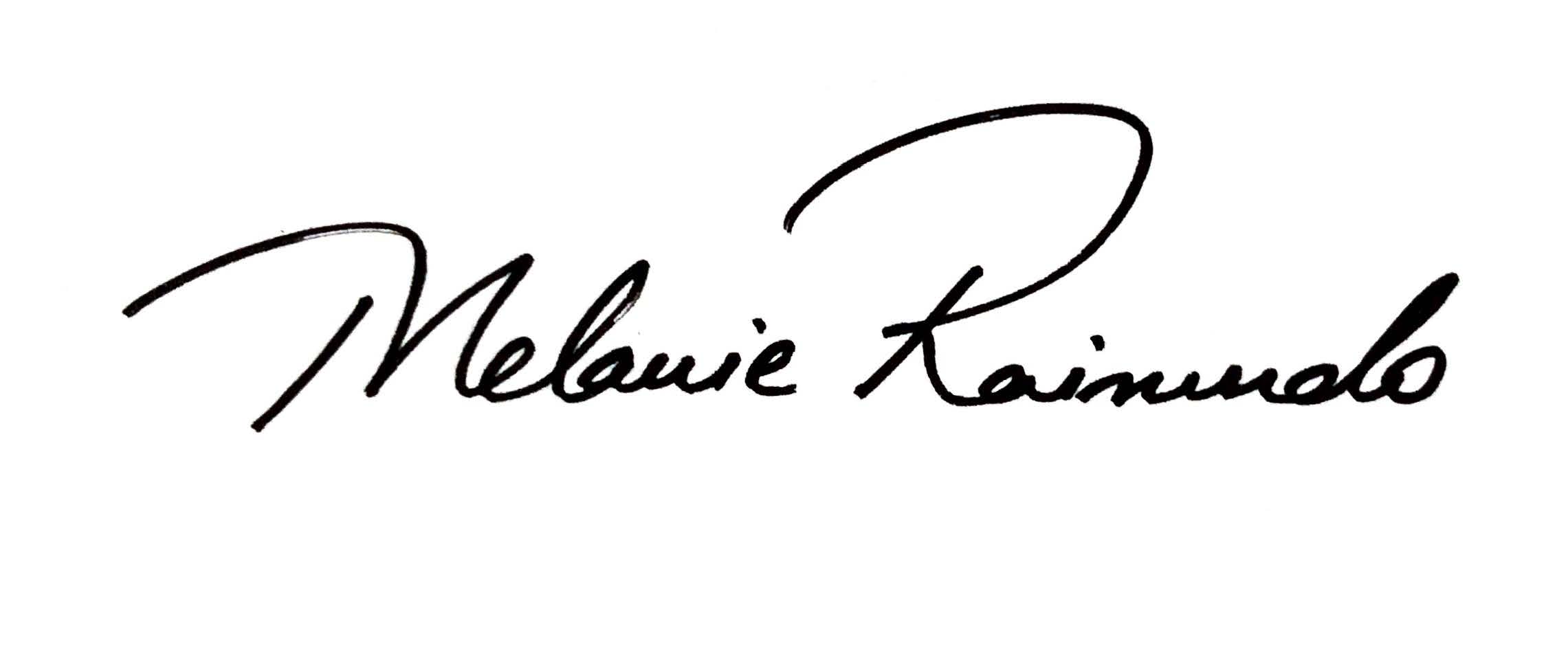The Enneagram has been around for over 1600 years and is an ancient way of understanding and explaining how we view the world. I describe the Enneagram not as a personality profile but more as a philosophy, a way of thinking that focuses on our why more than our how. It describes the lens with which we view the world.
Unlike personality profiles, our core Enneagram type (Enneatype) remains the same throughout our lives. This means that while our behaviours may evolve, the underlying “why”—our core motivations and perceptions—stay consistent. But why is this the case? How come?
The Enneagram explains that we perceive the world through a specific lens. Through this lens, we interpret nurture (or the lack thereof), societal and cultural expectations, family dynamics, and religious teachings. In the nature vs nurture debate in psychology, the Enneagram can be seen as describing our basic or core “nature” and how we perceive and respond to the “nurture” around us.
As such, if we perceive that our natural behaviours are not accepted by our environment, our society/culture/family, from a young age, we may adapt the way we respond by changing how we express ourselves, often putting on metaphorical masks to belong.
Oftentimes, when this happens, we can wear masks and “live” as another type for so long that we forget who we really are, we lose touch with the core essence of ourselves. This is where many people tell me they are very different to how they were as a child or that they’ve changed a lot in life. Sometimes, these changes stem from emotional growth and maturity. However, more often, they reflect an unconscious drive to alter our responses to fit in or be accepted. Despite these adaptations, our core Enneatype continues to influence how we perceive the world, affecting our decisions and reactions. When we lose touch with our authentic selves, this can lead to fragmented reactions that diminish us rather than constructive responses that uplift us. This disconnect is one of the leading causes of burnout I’ve observed in my clients.
We are all types
While our core Enneatype shapes our lens, we aren’t confined to a single way of being. The Enneagram describes nine types (Ennea means “nine” in Greek), and we can embody the traits of all nine. In fact, I hope we do. Drawing on the gifts and lessons of other types allows us to navigate life’s challenges with balance and resilience.
If we were to only rely on the behaviours of our core type, it would be like walking a tightrope with our arms tied behind our backs—we’d inevitably fall. To maintain balance, we naturally lean on other types, particularly the two adjacent to our core type, often referred to as “wings.” For example, someone with a core type of 5 might lean towards traits of a 6 or a 4 as needed.
Beyond our wings, the Enneagram’s interconnected lines reveal additional pathways for growth. These lines connect us to other types, often our opposites, offering lessons that help us achieve balance and wholeness.

Using the Enneagram in Therapy
The Enneagram is a transformative tool in therapy that offers deep insight into the inner workings of clients. It goes beyond surface-level behaviour to uncover the core motivations, fears, and patterns that shape how we see and respond to the world. By helping us understand why we do what we do, the Enneagram supports greater self-awareness, emotional resilience, and lasting personal growth.
It also helps us recognise that not everyone experiences the world in the same way—each person filters life through a different lens. This understanding is invaluable in improving family systems, romantic relationships, friendships, and workplace dynamics. When we begin to see others through their own lens rather than our own, we can shift from judgment to curiosity, and from conflict to connection. The Enneagram teaches us not to “treat others how we want to be treated,” but to treat others how they want to be treated—fostering empathy, compassion, and healthier relationships across all areas of life.
I first began using the Enneagram in the corporate space, coaching teams to build stronger connections and better navigate stakeholder relationships. Its impact quickly led me to integrate it into my private practice, using it with individuals, couples, and families. Combined with the Play of Life method, I found the Enneagram accelerates the therapeutic process by helping clients identify their “why”—the lens through which they see the world—and their “how”—their patterns of response. The Play of Life then enables clients to access the emotional core of their pain, particularly when that pain is difficult to express through words alone. Together, these two methods support clients in gaining clarity, unlocking stuck emotional patterns, and creating meaningful change more efficiently.


